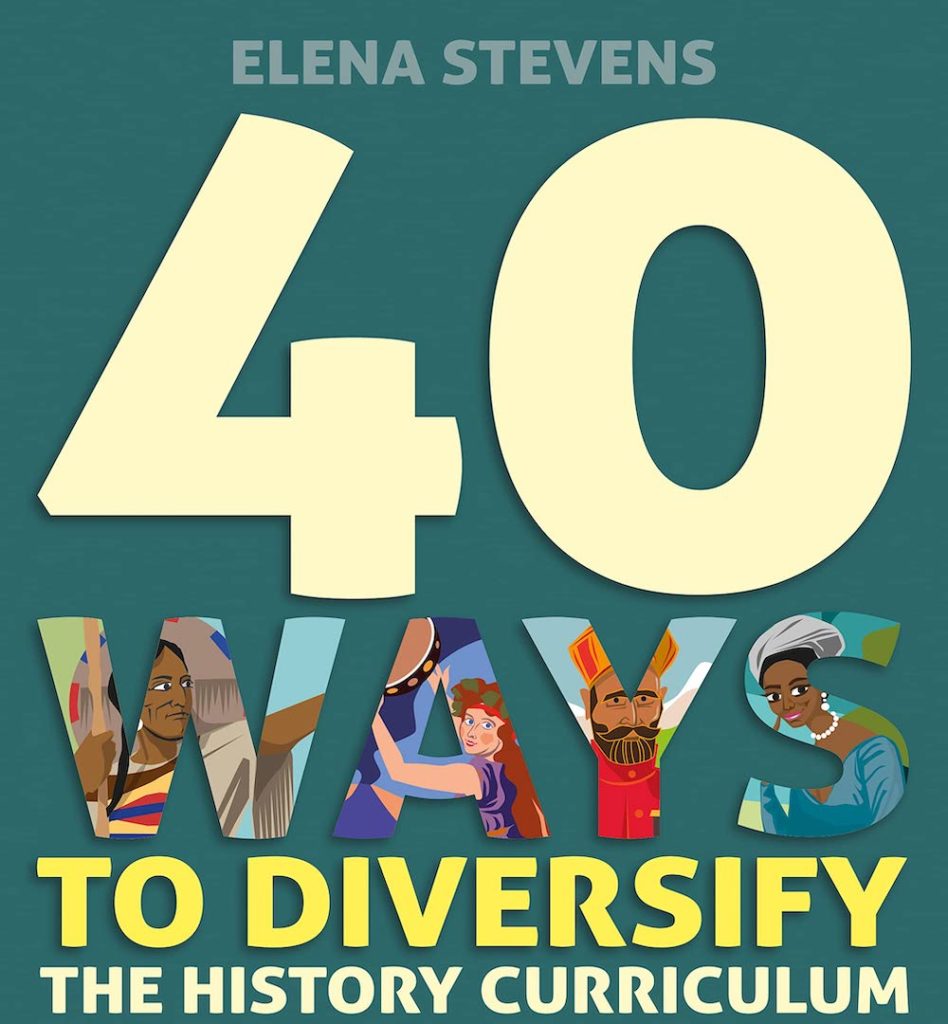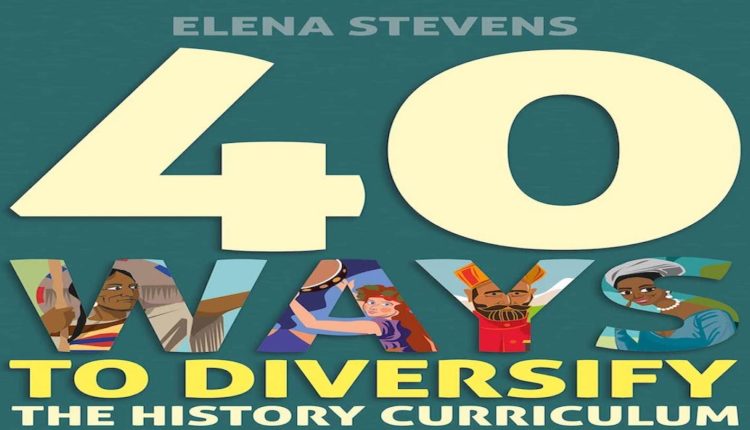Calls to add greater diversity to our teaching have been with us for a while now. They seem to have intensified in the past couple of years – along with the reinvigoration of the Black Lives Matter movement that took place in the wake of George Floyd’s murder, and the toppling of the Edward Colston statue .
Luckily Michael Gove’s original ‘island story’ curriculum thankfully underwent a bit of a redrafting process.
However, the final 2013 national curriculum still prescribed a diet composed largely of a narrowly-conceived ‘British’ history.
Reference was made to a ‘significant society or issue in world history’, but this seems to have been envisaged as an adjunct to the more coherent history of ‘these islands’ from ‘the earliest times to the present day’.
It’s up to us, then, to weave diversity into our lessons and schemes of work where we can. We need to illuminate the complexity of the past and give voices to marginalised individuals in history.
Beyond Tokenism
Of course, it’s important to avoid doing this in a tokenistic way.
As Nick Dennis reminds us in his article ‘Beyond Tokenism: Teaching a Diverse History in the Post-14 Curriculum’, we need to incorporate diverse histories into the main narrative – allowing these individuals’ stories to alter the narrative, if necessary.
Dennis refers to this as ‘multidirectional’ history: rather than viewing Black history as ‘separate, superficial and distracting from the real history’. The approach involves reappraising and renegotiating the stories that we tell.
The same applies to women’s history and histories of gender and sexuality.
We need to avoid giving the impression that the experiences of women, for example, were distinct simply because of their gender, or that we can only explore the lives of women through social and domestic history (rather than the more ‘exciting’ prisms of political, military or scientific history).
Below I’ve outlined some tips and ideas for weaving a greater sense of diversity and representation into the curriculum at Key Stages 3, 4 and 5. Some of the tips are exemplified through lessons available on HRC – and all of the case studies mentioned are explored in more detail in my book: 40 Ways to Diversify the History Curriculum.

1: Significance enquiries work really well
Not only do they give you the chance to drip-feed plenty of information, but they lend themselves to ‘end products’ in which students come up with a way of commemorating the individuals. This helps them to recognise how the case studies in question can help to challenge received narratives.
This lesson on Licoricia of Winchester (available here) gets students to write a plaque to accompany a statue for the medieval money-lender. This is a great way of encouraging students to write significance-focused summaries.
2: Make sure there’s diversity within diversity
Help students to grasp the fact that the experiences of individuals in the past were not monolithic or generalisable.
In my lesson ‘How typical were the experiences of Sarah Forbes Bonetta?’ (which features in the new unit for the GCSE Edexcel ‘Migrants in Britain’, available here on HRC), I do this by comparing the experiences of Sarah Forbes Bonetta with those of Mary Seacole and Ignatius Sancho. Students identify evidence of each individual being treated with warmth, curiosity and disrespect, and they ultimately draw on contextual knowledge of the period to explain why these individuals’ experiences differed so much.
3: Vary your source base
Sometimes, written sources just won’t do. They can’t convey diverse histories in a way that does justice to the past.
Much of African history, for example, has been passed down through visual sources. This means we have to encourage students to use these types of sources, if we want them to avoid falling into the trap of reading African history exclusively from the perspectives of outsiders.
The first lesson from my scheme of work on African history (available here) exemplifies this approach, using plaques and bronzes as a way of approaching an understanding of the history of the Kingdom of Benin.
4: The hard work has been done for you
There are plenty of stories and case studies ‘out there’, just ripe for weaving into your Key Stage 3, 4 and/or 5 schemes of work. Try ‘Our Migration Story’ (https://www.ourmigrationstory.org.uk) for case studies linked to the GCSE Migration courses, and Women’s History Network (https://womenshistorynetwork.org) for information and links to resources focused on promoting women’s history in the classroom.
There are also plenty of ‘this day in history’ resources that will provide starting points for developing your own lessons: Dan Snow (@thehistoryguy) often tweets about important events or individuals in the past, and On This Day She (@OnThisDayShe) introduces the stories of overlooked women from history. Time to get exploring!
For more ideas and inspiration, have a look through the schemes of work available on HRC. 40 ‘diversifying’ case studies – linked with enquiry questions and suggested lesson activities – are also available in my book: 40 Ways to Diversify the Curriculum





